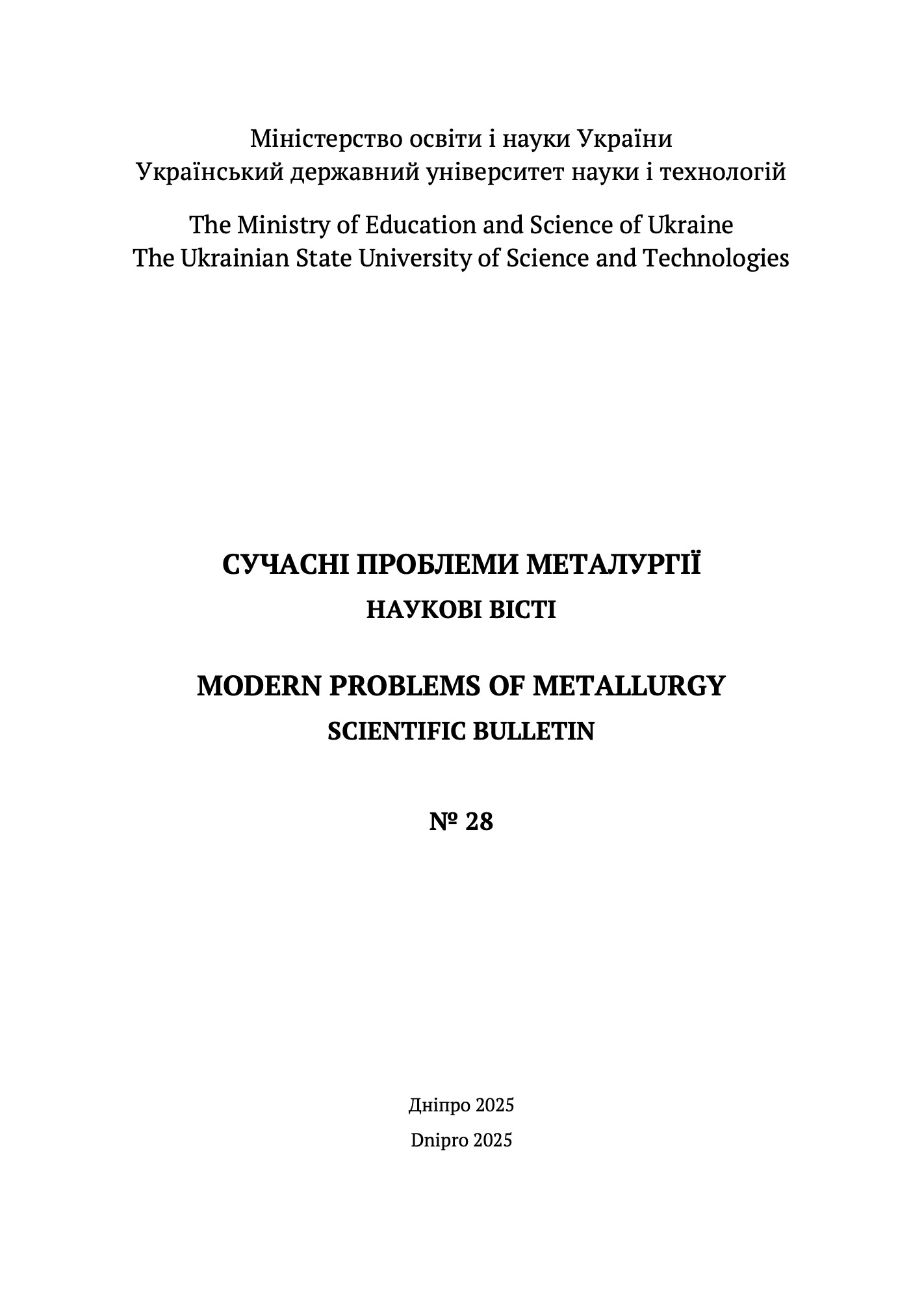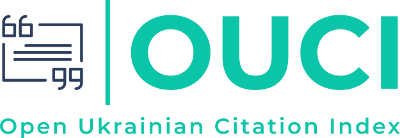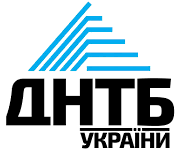ALGORITHMS AND METHODS IN DYNAMIC PROBLEMS OF OPTIMAL PLACEMENT OF FIRE GROUPS
DOI:
https://doi.org/10.34185/1991-7848.2025.01.17Keywords:
optimal partitioning of sets, dynamic problem, fire group, air defense, software complex.Abstract
The work is devoted to the urgent task of deploying fire groups of air defense forces to cover the lines of air attacks. To solve the problem, modern methods of the theory of optimal set partitioning, mathematical modeling using differential equations and their systems, a specialized software package has been developed, which includes a mobile and browser application, is used. When developing the software package, modern programming languages and technologies were used, an overview and comparison with existing solutions in different countries was made. A retrospective analysis was carried out, criteria for the optimality of the solution being sought were developed, advantages and disadvantages of the approach were determined. The use of methods of the theory of optimal set partitioning allows you to analytically determine the criteria for the quality of the solution, conduct an analytical study of admissible solutions and determine the optimal one, and approbation of analytical results in practice and examples with practical input data increases the accuracy and relevance of the results obtained analytically. Nowadays, the issue of dynamic deployment of fire groups is very relevant for Ukraine. The decision to create and operate fire groups was made and implemented only from the beginning of the full-scale invasion of the aggressor country and became widely used during the massive use of attack drones by the aggressor country against civilian, military and energy facilities of Ukraine. The effectiveness of the use of fire groups has been proven in practice, but the method of their placement, as a rule, is heuristic, that is, not optimal.
References
Lechowicz P., Koszalka L., Pozniak-Koszalka I., Kasprzak A. Path optimization in 3D printer: Algorithms and experimentation system, 2016
Ma Z., Wan W., Song L., Liu C,, Liu H., Wu Y. An Approach of Path Optimization Algorithm for 3D Concrete Printing Based on Graph Theory, 2022
Fok K.-Y., Cheng C.-T., Ganganath N., Ho-Ching Iu H., K. Tse C. An ACO-Based Tool-Path Optimizer for 3-D Printing Applications, 2016
Dreifus G., Goodrick K., Giles S., Patel M., Foster R. M., Williams C., Lindahl J., Post B., Roschli A., Love L., Kunc V. Path Optimization Along Lattices in Additive Manufacturing Using the Chinese Postman Problem, 2017
Iori M., Novellani S. Optimizing the Nozzle Path in the 3D Printing Process, 2020
Fok KY., Cheng CT., Ganganath N., Iu HHC., Chi KT. Accelerating 3D Printing Process Using an Extended Ant Colony Optimization Algorithm, 2018
Cheong KJ., Path Optimization For Cooperative Multi-Head 3d Printing, 2020
Kiselova, O.M. Stanovlennia ta rozvytok teorii optymalnoho rozbyttia mnozhyn. Teoretychni i praktychni zastosuvannia: monohrafiia. Dnipro: Lira, 2018. 532 s. [Ukrainian]
Downloads
Published
Issue
Section
License
Copyright (c) 2025 Modern Problems of Metallurgy

This work is licensed under a Creative Commons Attribution 4.0 International License.












